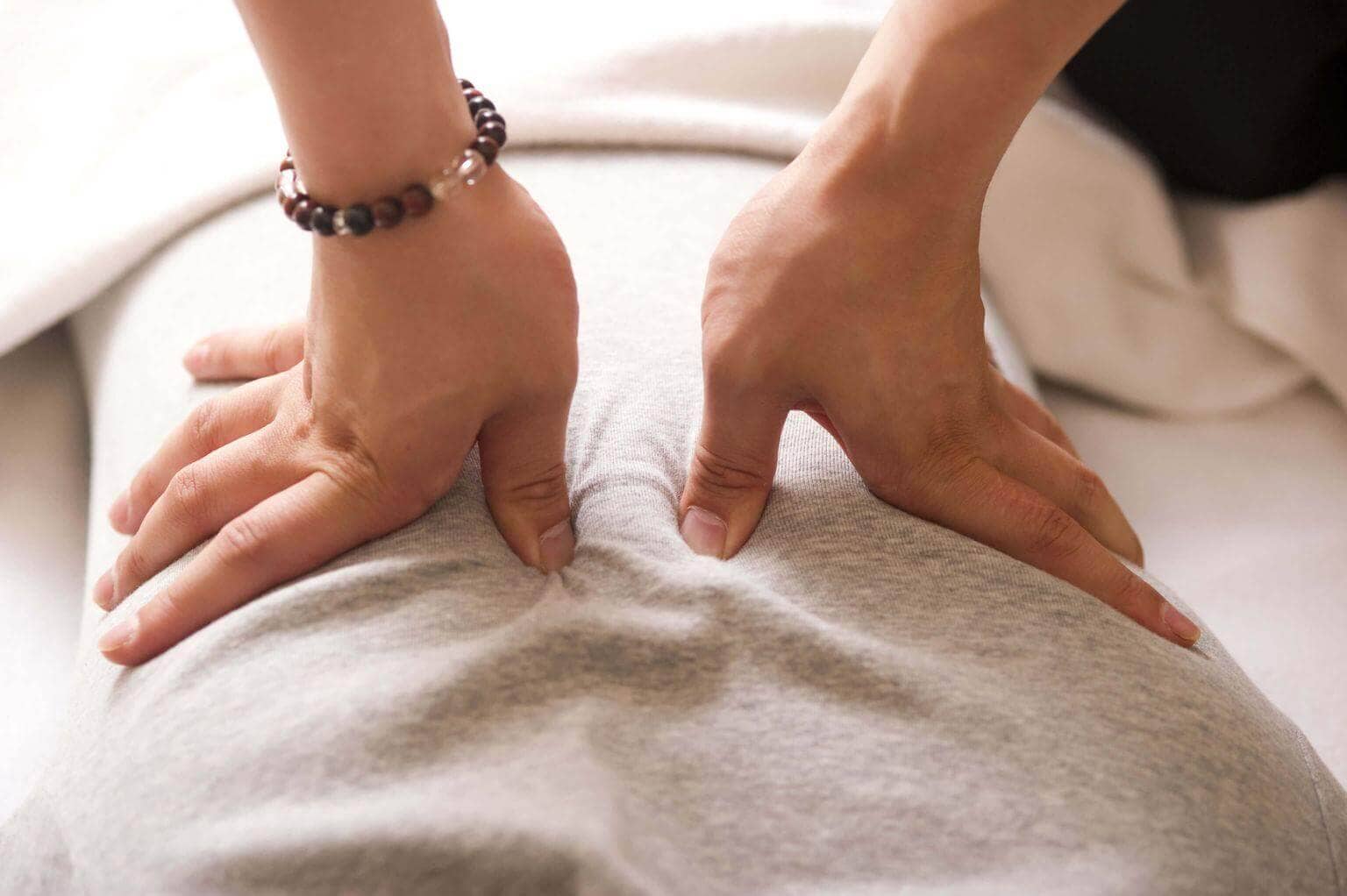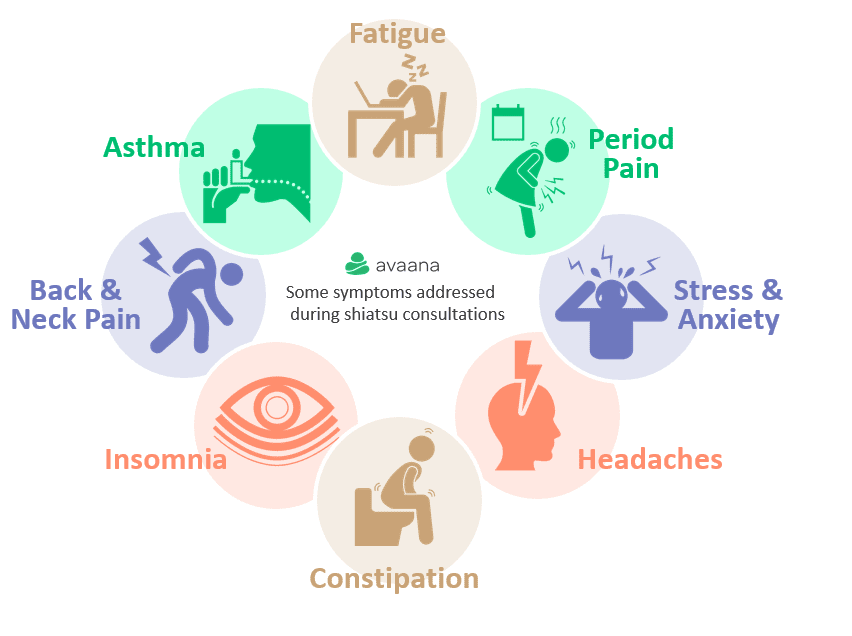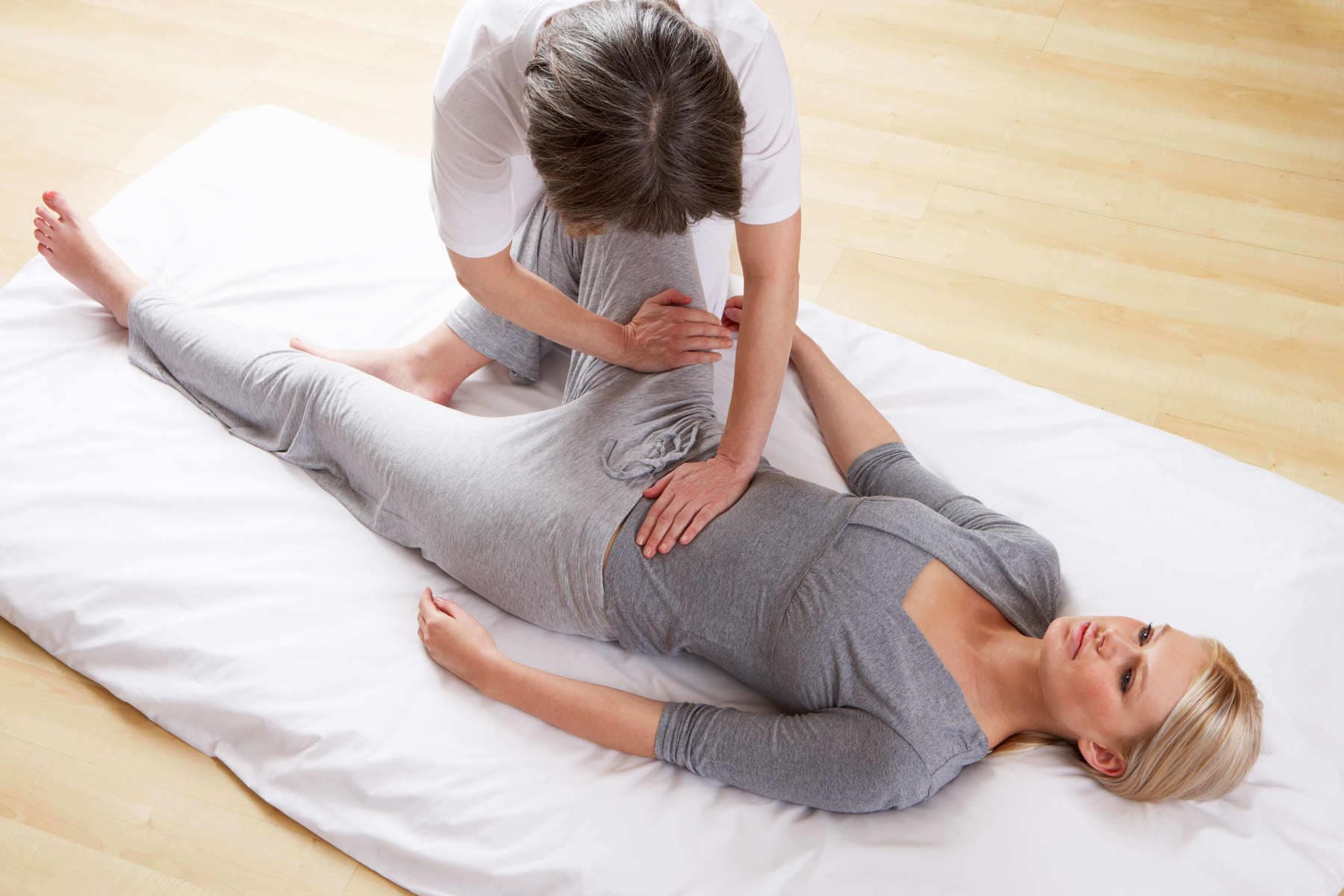When suffering from back pain or joint aches, we can often settle for conventional self treatments. But these are often stop gaps that only last for the immediate moment. However, you don’t need to settle for temporary measures. Instead with alternative therapies like Shiatsu we can solve our problems for the better. Shiatsu is a drug-free natural form of massage therapy designed to help soothe tense muscles and increase blood circulation. This traditional Japanese practice involves the targeting of specific pressure points to heal errors in the body. In fact, ‘Shiatsu’ translates directly to ‘finger pressure’ in Japanese.
What are the principles of Shiatsu?
Shiatsu is an ancient art based on the traditional Chinese medicine forms of acupuncture and our body’s meridians. However in the modern day, Shiatsu now combines western and eastern practices to help provide a comprehensive and effective treatment. Shiatsu is designed to help bring balance within the body by helping clear chi blockages. This makes it similar to other forms of complementary therapies such as ayurvedic medicine or reiki. Through careful assessment your massage therapist will best identify these blockages and restore balance to the body in a full-body massage.
How can Shiatsu benefit your wellbeing?
 Shiatsu practitioners treat the body as a self healing organism and try to help it restore balance. In order to achieve this, practitioners will apply pressure along ‘meridians’, which are energy channels that connect the surface of the body with your internal organs. Practitioners concentrate on links within the body and take a full body approach to treatment. In this way, practitioners are able to help :
Shiatsu practitioners treat the body as a self healing organism and try to help it restore balance. In order to achieve this, practitioners will apply pressure along ‘meridians’, which are energy channels that connect the surface of the body with your internal organs. Practitioners concentrate on links within the body and take a full body approach to treatment. In this way, practitioners are able to help :
- Relieve Pain
- Hasten recovery from injuries
- Alleviate stress or anxiety
- Recover from illnesses
What are the benefits of a Shiatsu massage?
Shiatsu therapy helps with a range of conditions including chronic pain or illnesses. In fact, people consult shiatsu practitioners for anything from musculoskeletal pain to insomnia to headaches to fibromyalgia, and so much more.  Interestingly, shiatsu practitioners can recognise subtle changes that indicate an imbalance even prior to symptoms appearing. As a result, you can also consult shiatsu practitioners when you’re seemingly at optimum health and wellbeing. This preventative approach aims to prevent imbalance and is a common principle across a number of complementary therapies where ‘dis-ease’ and disease are treated. There are a number of client perceived health, wellbeing and economic benefits to shiatsu treatment. Some of these include:
Interestingly, shiatsu practitioners can recognise subtle changes that indicate an imbalance even prior to symptoms appearing. As a result, you can also consult shiatsu practitioners when you’re seemingly at optimum health and wellbeing. This preventative approach aims to prevent imbalance and is a common principle across a number of complementary therapies where ‘dis-ease’ and disease are treated. There are a number of client perceived health, wellbeing and economic benefits to shiatsu treatment. Some of these include:
Improved Blood Flow
Since shiatsu massages and rubs the skin, it naturally stimulates our skin’s capillaries boosting blood flow and circulation. By increasing our body’s blood flow we also work to speed up healing sprains and injuries while also helping keep our skin moist and smooth!
Reduced Muscle Stiffness
Nowadays we’re often stuck sitting hunched over our desks or computers all day, putting unneeded stress on specific points leaving us with sore and stiff muscles. By working on these tight muscles within our body, shiatsu can help to reduce muscle stiffness while increasing our range of motion.
Restored Qi
True to its traditional roots, shiatsu still works intimately with our body’s internal energy. By stimulating certain points in our bodies, shiatsu can better distribute our natural Qi, allowing for a greater flow of energy. This helps to strengthen our natural immune systems and improve physical functions throughout our nervous systems, musculoskeletal structures, and internal organs.
What happens in a Shiatsu session?
According to experienced shiatsu practitioner, Gerald Heutink of Sunbear Shiatsu, shiatsu treatment starts with a succinct traditional Chinese medicine diagnosis of tongue, pulse, and abdominal area palpation. Your practitioner will ask you on your diet, lifestyle, exercise, and medical history are also asked at the start of your first session.  Some practitioners conduct sessions in a seated position. While shiatsu means ‘finger pressure’, actual treatment may only involve gentle pressure applied via the thumb, fingers, elbows, or knees. It can also involve a number of techniques like kneading, palming, stretching, soothing, and tapping applied to various points of your body such as your neck, lower back, or joints. According to the Shiatsu Society, touch, comfortable pressure and manipulative techniques are used to balance the body’s energy flow by adjusting it’s physical structure.
Some practitioners conduct sessions in a seated position. While shiatsu means ‘finger pressure’, actual treatment may only involve gentle pressure applied via the thumb, fingers, elbows, or knees. It can also involve a number of techniques like kneading, palming, stretching, soothing, and tapping applied to various points of your body such as your neck, lower back, or joints. According to the Shiatsu Society, touch, comfortable pressure and manipulative techniques are used to balance the body’s energy flow by adjusting it’s physical structure.
Shiatsu vs other types of massages
While shiatsu does fall under the broad umbrella of massage therapies, it tends to differ dramatically from other more general forms of massage in some fairly notable ways.
Clothing
The first major difference is in clothing. While other forms such as pressure point massage need to work on direct skin, shiatsu instead can work through loose clothing.
Add-ons
Shiatsu will also avoid the use of add-ons such as the oils used in aromatherapy massage or the eponymous stones in a hot stone massage. Shiatsu also foregoes the usage of a massage table or chairs in its treatment. Instead the practitioner will have their clients lie on the floor or padded surface on the floor.
Focus Areas
One last difference lies in the focused areas. While a deep tissue massage or a Swedish massage might focus on the muscles and connective tissues that make up our bodies, shiatsu instead focuses primarily on the joints and the meridians.
Does a Shiatsu massage hurt?
While Shiatsu provides firm specific pressure against specific points, it is generally not painful. In fact some people even report that the pressure can even be comfortable. However, you should avoid shiatsu if you’re currently suffering from certain conditions including;
- Fever
- Recent Surgery or wounds
- High blood pressure or blood cancer
- Heart troubles
- Diabetes
If you are suffering from a prolonged or chronic sickness, then it would be best to check with your doctor first. Shiatsu can also result in delayed muscle soreness for a day or two afterwards. To give your body time to recover, you should rest, stay hydrated, and not undertake any strenuous activities for at least two days after.
How to find a Shiatsu practitioner?
If you’re unsure where to start, then Avaana has you covered. Avaana can help you compare and contrast your local professional massage therapists, ensuring you receive only the highest quality treatment. With over 500 practitioners registered across Australia, try Avaana today and find your perfect therapist. Book with Avaana today, and even get up to 20% off your first booking! Be well, feel good, and smile a lot!



